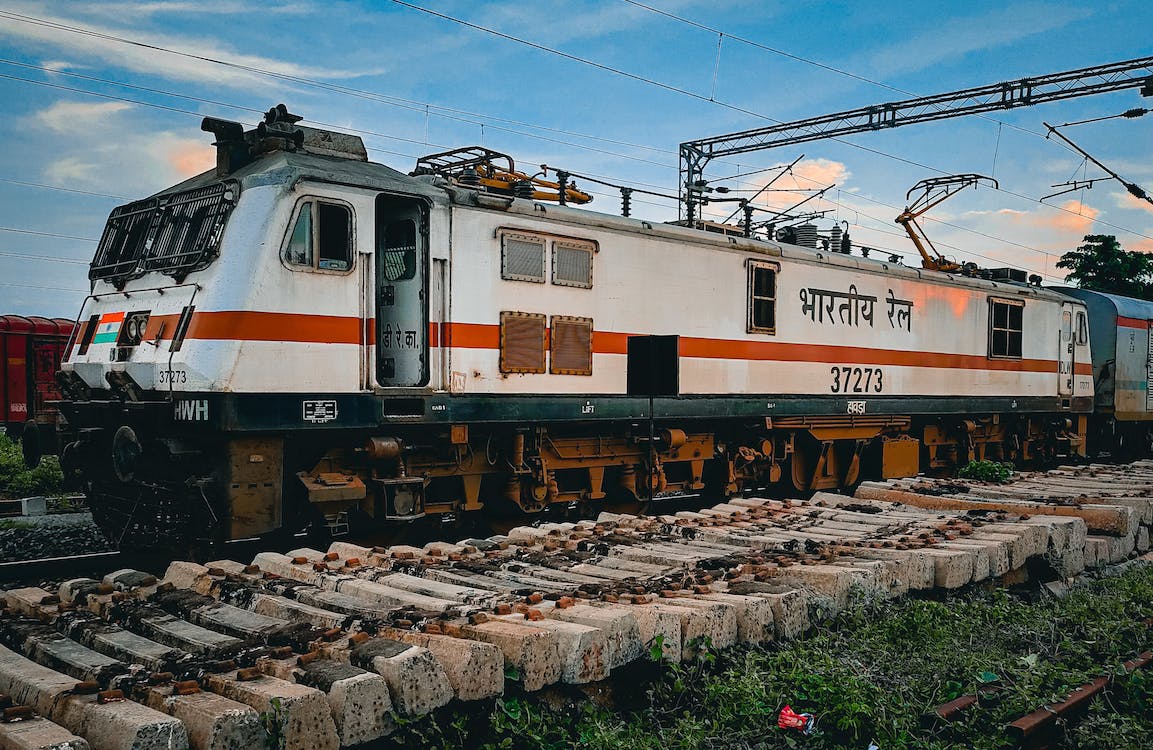India’s railway system has played a crucial role in the country’s development since its inception in the mid-19th century. Even today, Indian Railways remains an essential part of the country’s transport infrastructure, playing a significant role in both passenger and goods transport. In this article, we will discuss why Indian Railways still hold a crucial place in India’s transport system.
Firstly, Indian Railways is the most extensive railway network in Asia and the second-largest in the world, covering over 67,000 km of track and serving more than 8,000 stations across the country. It connects remote areas of India and provides an affordable means of transportation for millions of people. The railway system is particularly important for people who cannot afford air travel or who live in areas where road transport is not available.
Indian Railways has been a critical driver of economic growth in India. It is estimated that the railway system contributes around 2-3% of India’s GDP. The transport of goods by rail is significantly cheaper than by road, making it a popular choice for businesses to transport goods across the country. In addition, the railway system plays a vital role in transporting raw materials, such as coal and iron ore, which are essential for the manufacturing industry.
Another essential factor in the railway system’s continued relevance is its ability to provide employment opportunities for millions of people. Indian Railways is the largest employer in India, providing jobs for over 1.3 million people. The railway system also indirectly supports the livelihoods of many people, such as vendors and small business owners, who operate in and around railway stations.
Despite the benefits of Indian Railways, the system faces several challenges. One of the most significant challenges is the lack of investment in infrastructure and modernization. Many railway tracks and stations are outdated and require upgrading to meet the needs of modern transportation. Additionally, Indian Railways faces competition from other modes of transportation, such as airlines and road transport, which have become more affordable and convenient over the years.
However, Indian Railways is taking steps to address these challenges. The government has launched several initiatives to modernize the railway system, such as the Dedicated Freight Corridor project, which aims to create a high-speed freight corridor across the country. The government has also introduced measures to improve passenger experiences, such as the introduction of high-speed trains and the expansion of online booking facilities.
In conclusion, Indian Railways still hold a crucial place in India’s transport system. It remains the most extensive railway network in Asia and an affordable means of transportation for millions of people. It plays a vital role in economic growth, employment generation, and the transport of goods across the country. While the system faces several challenges, the government is taking steps to modernize the railway system and improve the passenger and goods transport experience. Indian Railways will continue to be an integral part of India’s development story for years to come.
